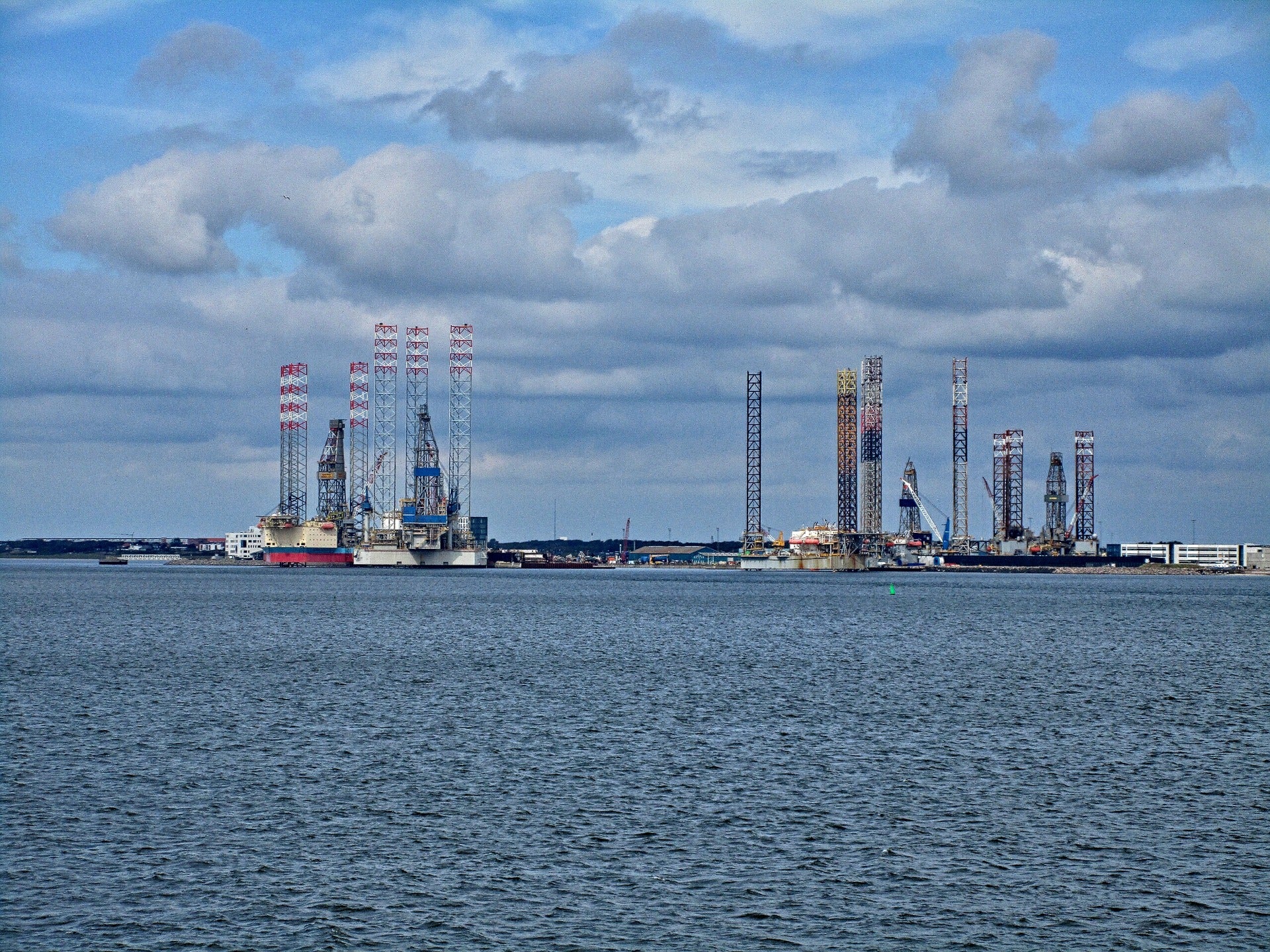
China’s Sinopec has reportedly secured state approval for a proposed LNG receiving terminal, amid an unprecedented electricity crisis in the country triggered by coal shortages.
Planned to be built in Longkou in eastern China’s Shandong province, the terminal will have six million tonnes per year LNG capacity, reported Reuters.
The new terminal will feature four storage tanks each with a size of 220,000m³ and a berth capable of handling vessels of 266,000m³.
The state-owned oil and gas firm already operates two LNG terminals in Qingdao and Tianjin. Each of these terminals has a receiving capacity of six million tonnes of LNG per year.
Additionally, the company is building a 266,000m³ berth at the Tianjin terminal with completion planned in November 2021.
Sinopec, which aims to operate 1.69 billion cubic metres (bcm) capacity by the end of October 2021, is adding LNG tanks and underground caverns, according to the news agency.
To meet the seasonal winter gas demand, the firm is planning to import a total of 13.3bcm of LNG, as well as operate its existing terminals at full production capacity.
A Sinopec spokesperson was cited by the news agency as saying that the planned import capacity would be about 9% more compared to the imports made in winter 2020.
Meanwhile, the top Chinese state-owned energy firms have been ordered by the government to secure fuel supplies for the winter season, ‘at all costs’, to help alleviate the power crisis that threatens the country’s economic growth, reported Bloomberg.
Power shortages in the country are driven by increasing coal prices and carbon reduction goals, according to Global Times.
Separately, China’s CNOOC has made an oil discovery in the Kenli 10-2 oilfield located in Laizhou Bay Sag in Southern Bohai Bay, Bohai.
Following drilling, the discovery well Kenli 10-2-4 identified oil pay zones with a total thickness of approximately 27m.
CNOOC said the appraisal well testing had produced approximately 569 barrels of oil per day.
The discovered spot is estimated to hold about 100 million tonnes in reserves.



